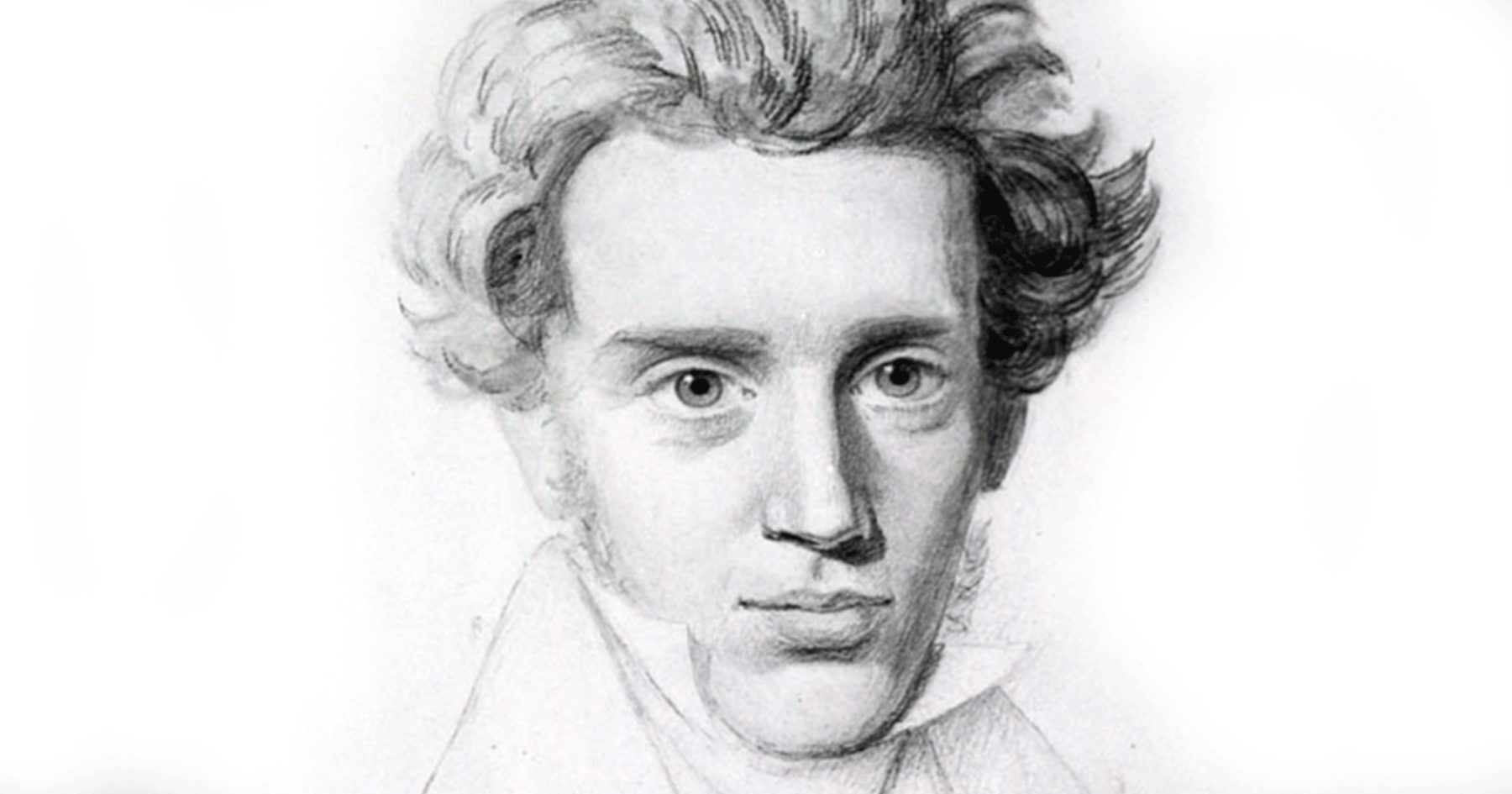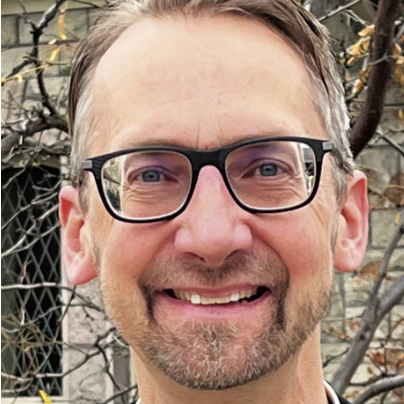In a reflection titled “The startling prayer life of Søren Kierkegaard,” Karen Wright Marsh refers to the 19th century Danish philosopher as “a role model for future generations of angsty, overwrought people” (Marsh, in America: The Jesuit Review, March 2020: https://www.americamagazine.org/faith/2020/02/28/startling-prayer-life-soren-kierkegaard
(Wikimedia) Angsty and overwrought. Hmm. That resonates. For good reason (many, in fact).
Marsh traces Kierkegaard’s wrestling with “what I am to do” as more important than “what I am to know.”
That resonates too.
We hear that we are living in a post-truth era – not being able to tell what is true from what is fake. These lines are blurred, but they are not erased. Much has been built on what we know and have come to know, including all the various scientific and technical knowledge and material upon which daily existence turns, including the protections of human rights, and against environmental harm. But we know that that can all be misused, or misrepresented, or simply ignored, and so cause harm. That is also part of what is true. The ‘post-truth’ era isn’t really new – it’s just another instance of the ancient danger of trampled-truth: “might-makes-right.”
What am I to do?
Kierkegaard spent a lot of time roaming around Copenhagen on rambling, roving walks that put him in conversation with people throughout the city.
Walking, conversing with others, and all the while ruminating.
His ruminations drove his existential quest “to know truth that was true for him, to find the idea for which he could live and die.”
But that idea wasn’t ultimately found in the abstract, either philosophical or theological. It was through encounter – and specifically, encounter with the Easter Gospel. Marsh’s narrative of this is succinct: One Sunday, Søren read the Gospel story of the disciples who, frightened at their teacher’s crucifixion, took refuge in an upper room. Søren felt much like them, conflicted and scared, at once relentlessly seeking the divine, studying theology and even reading Scripture and yet hiding out from the Living God. The disciples were taken completely by surprise when Jesus showed up saying, “Peace be with you.” If Jesus was going to get to him, too, Søren realized, it would only be through firmly locked doors. And yet, unexpectedly, that is just what the risen Jesus did. On May 19, 1838, Søren had a decisive spiritual experience, a feeling of “indescribable joy” that was inexplicable to his rational mind. In that mysterious moment, the young man arrived at his life’s central truth at last—the realization that, at his core, he was a person found by God.
To me, this strikes now in new ways.
“What am I to do?” Kierkegaard asked. His writing intensified – challenging the state, challenging the church, and doing so with intelligent creativity and sardonic wit.
But more than that, he did so prayerfully, as “a person found by God.”
To be a person found by God is, it seems, the essential reversal.
We need this witness in our time: that God is not to be ‘found’, like an object — because objects can be used for our own purposes — they can too readily be rendered ‘post-truth’ — one thing among many — and be manipulated to trample rather than transcend.
God, rather, finds us. This joy is palpable in the Gospel of John’s telling of Mary not recognizing the risen Jesus in the garden outside the tomb – until Jesus speaks her name.
What am I to do? is a subjective question. When it is asked as a person found by God, it will be asked in the mode of encounter, the mode of prayer. It will thus require some rambling – Jesus, after all, says to Mary: “Do not hold on to me” – because Jesus cannot be held, but only glimpsed as the Risen One who turns toward us and calls us.


